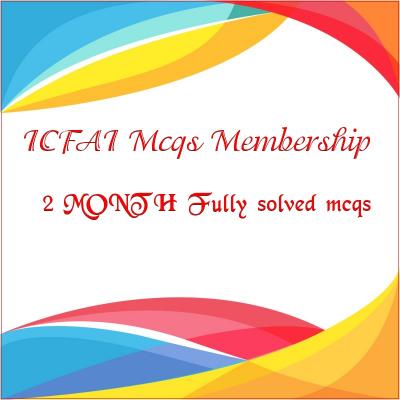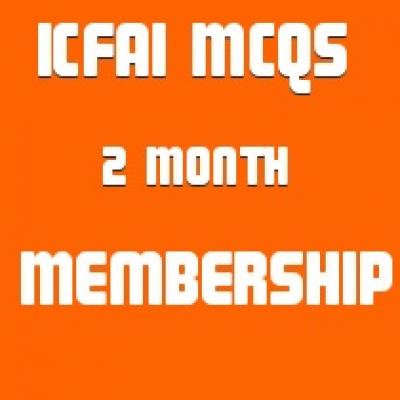OPERATION MANAGEMENT
Price:
Rs500
Case Study 1 :-
Read the case carefully and answer the questions at the end of the case.
Good Shepherd Home The Good Shepherd Home is a long-term care facility with an 80-bed capacity located in San Mateo, California. Mr. Scott, the administrator is concerned bout rising food costs. He questions whether administration is efficient as it might be and realizes that food, a “raw material” for his food services, has increases in price significantly. Mr. Scott decides to investigate food services more closely.
Analyzing last month’s purchased items, Mr. Scott summarizes a random selection of items. Mr. Scott wonders what interpretation he should make about these typical items. He has looked at 100 stock items and is considering tighter controls (dozens, cases, pounds, etc.) have been ordered.
Typical Inventory Items
Number of Stock Items |
Quantity Ordered (in units) |
Total Cost (in $) |
Average Inventory (in $) |
3 |
50 |
3,500 |
1,200 |
12 |
150 |
2,500 |
900 |
20 |
200 |
1,500 |
600 |
40 |
400 |
2,000 |
200 |
25 |
200 |
500 |
200 |
Of particular interest is a problem with a perishable good. Since the home has residents in independent living units and eating at the home irregularly, bread demand is uneven. Bread is delivered daily and is used that day for table meal service only; the day-old bread is salvaged for dressing and similar dishes. Scott estimates the cost of bread to be $0.75% loaf and the cost of day-old bread to be $0.25%loaf, Scott says, “We should not be out of fresh bread at the table. Although man cannot live by bread alone, it is very important to our residents. I put a high cost on being out of bread — considerably more than the cost of a loaf, In fact, I think every time we run out of bread, it costs a dollar per loaf short in goodwill last from our residents.”
Knowing how Mr. Scott feels, the food services supervisor has a standing order for 30 loaves/day and twice that amount on Sunday. The demand for bread for the last two weeks is shown below:
Bread Demand (in loaves)
Day |
Week 1 |
Week 2 |
Mon |
20 |
19 |
Tue |
15 |
27 |
Wed |
21 |
20 |
Thu |
30 |
32 |
Fri |
31 |
27 |
Sat |
19 |
16 |
Sun |
42 |
39 |
In conversation with Mr. Scott, the supervisor says, “I recently heard about cost tradeoffs in food service inventory. I can’t really see what item cost, carrying cost.ordering cost, and stockout cost have to do with proper nutrition. I try to buy good quality foods and spend less than $5/day on food for each resident. That’s my objectives.”
Mr. Scott has heard, too, about cost tradeoffs, but he wonders what they mean and how they apply to a nursing home environment, To try to understand this better he talked to his bookkeeper. The supervisor says that she knows with certainty that demand for hamburger over a menu cycle is 200 pounds. Furthermore, the bookkeeper estimates it costs $12 to place an order and 20 percent of the hamburger cost to carry hamburger in inventory. Hamburger costs $1.55/pound. The dietitian says a menu cycle lasts two weeks and Good Shepherd currently orders hamburger every week. Mr. Scott is puzzled by all this.
Questions:
-
What is the problem associated in the case?
-
How do you solve the bread problem, which is a perishable good? Could you find out the optimum size (EOQ) of the bread that must be ordered?
1. Case study solved answers
2. pdf/word
3. Fully Solved with answers







